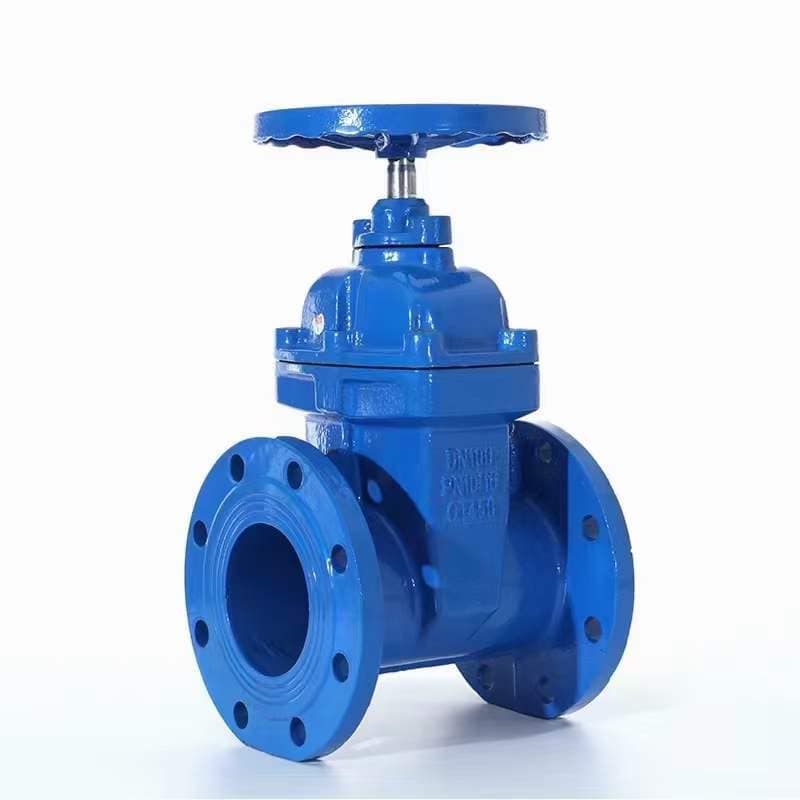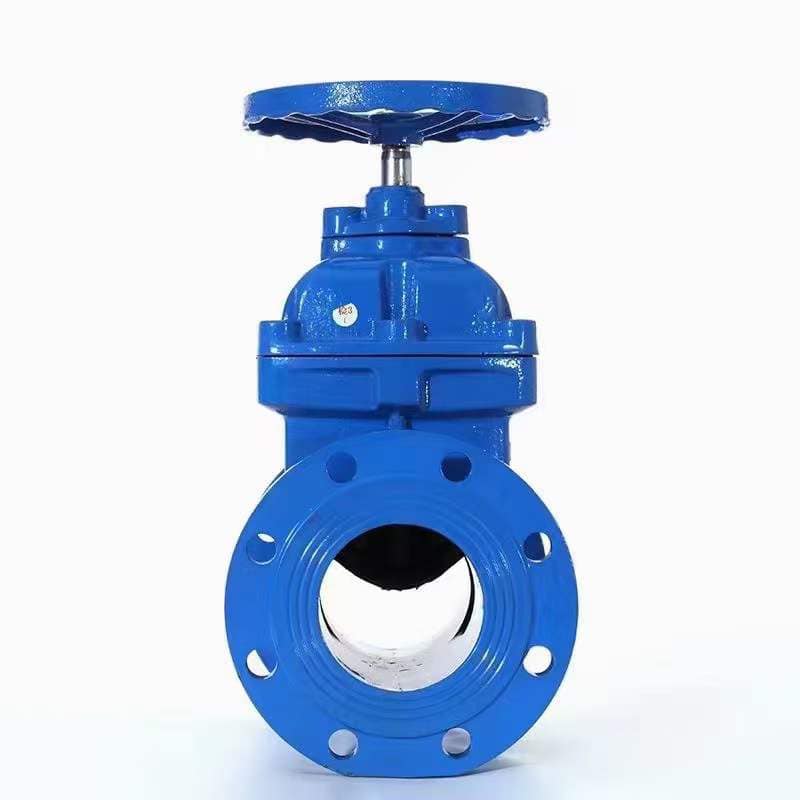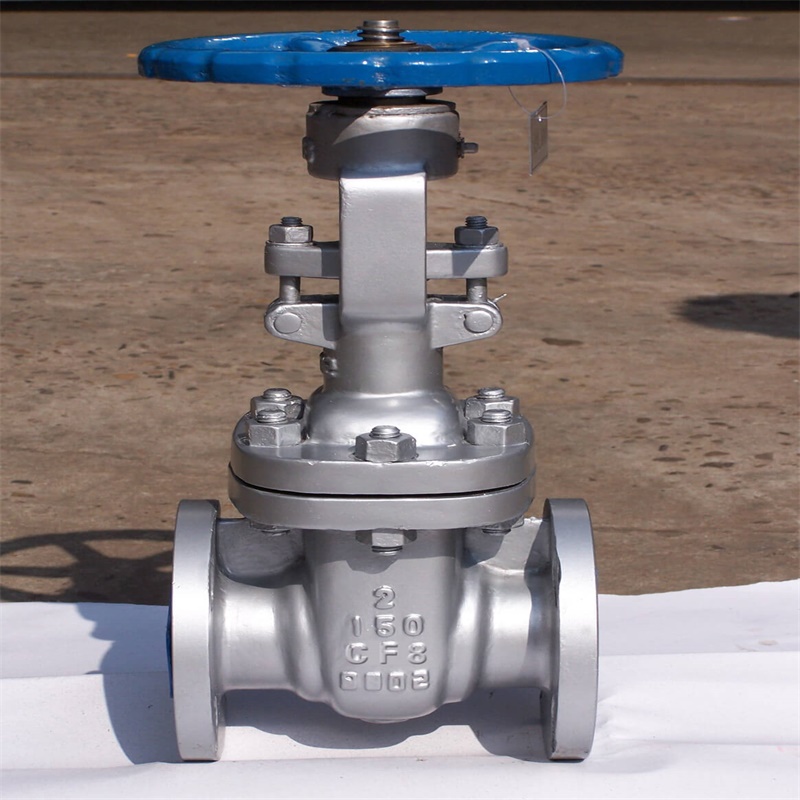Gate valve, as an important member of the valve family, is widely used in various fluid control systems, and the choice of its material has a decisive impact on the performance, service life and application scenarios of the valve. The following is a detailed explanation of gate valve materials, designed to help readers deeply understand the diversity and importance of gate valve materials.


Gate valve material overview
The material of gate valve is mainly divided into valve body material, sealing surface material and valve stem material. The selection of each material needs to be considered according to the nature of the medium (such as temperature, pressure, corrosion), the working environment and safety standards.
1. Body material
The valve body is the main part of the gate valve, under the pressure and temperature of the fluid, so the choice of the valve body material is very important. Common body materials include:
Gray cast iron: suitable for low pressure, non-corrosive media. Because of its low cost, it is widely used in water supply, drainage and other general engineering fields. However, it should be noted that the material code can be omitted when the nominal pressure of the gray cast iron body is less than or equal to 1.6MPa.
Carbon steel: with high strength and toughness, suitable for medium and high pressure, non-corrosive media occasions. When the nominal pressure is greater than or equal to 2.5MPa, the material code of the carbon steel valve body is usually omitted.
Stainless steel (such as 1Crl8Ni9Ti) : has good corrosion resistance and mechanical properties, especially suitable for chemical, petroleum, food and other industries requiring high corrosion resistance.
Chromium molybdenum vanadium steel: a high strength, high corrosion resistance of alloy steel, often used in high temperature, high pressure and strong corrosive media occasions.

1. Sealing surface material
The sealing surface is a part that directly contacts with the medium and plays a sealing role in the gate valve, and the choice of its material is directly related to the sealing performance of the valve.
Common sealing surface materials include:
Metal: such as stainless steel, carbide, etc., suitable for high temperature, high pressure and corrosive media seal. Surfacing cemented carbide is a common treatment of metal sealing surface, which can improve the hardness and wear resistance of the sealing surface.
Non-metal: such as rubber, fluorine plastic, etc., suitable for low temperature, low pressure and non-corrosive media seal. These materials have good sealing and elasticity, which can effectively prevent media leakage.
Composite materials: such as lining rubber, lining plastic, etc., by lining a layer of non-metallic material on the metal valve body, combining the advantages of both, both improve the corrosion resistance and tightness of the valve body, and maintain the strength and rigidity of the valve body.

1. Stem material
The stem is the key component that connects the hand wheel (or other drive device) to the disc and is subjected to the torque and medium pressure of opening and closing the valve. The selection of stem materials takes into account their strength, corrosion resistance and wear resistance. Common stem materials include stainless steel, carbon steel, and specially treated alloy steel.

Conclusion
The material selection of gate valve is a complex and important process, which requires comprehensive consideration of factors such as the nature of the medium, the working environment and safety standards. Reasonable material selection can not only improve the performance and service life of the gate valve, but also reduce maintenance and replacement costs to ensure the safe and stable operation of the fluid control system. In practical applications, the appropriate gate valve material should be selected according to the specific situation, and the selection, installation and maintenance should be carried out in strict accordance with the relevant standards and specifications.

